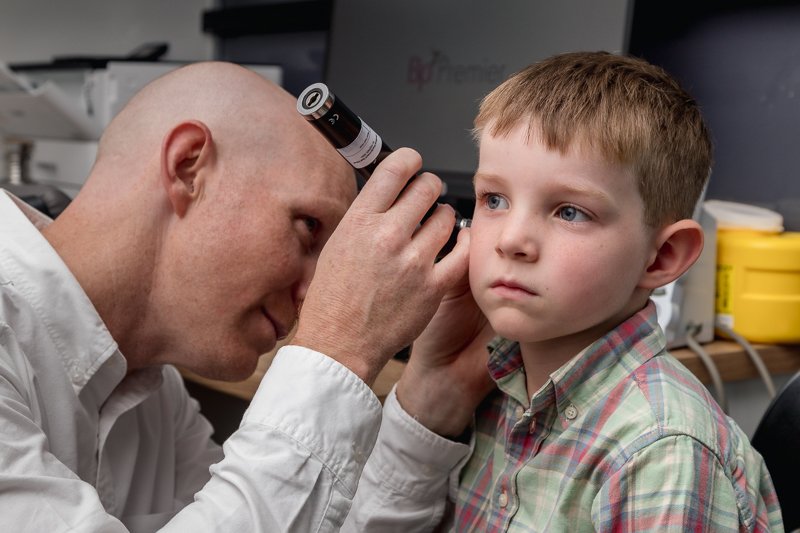Identified as the second most common type of cancer to affect men between the ages of 18 to 39 in Australia, testicular cancer is a medical condition that may be treated successfully if detected early and managed well. This is evidenced by a 98% five-year survival rate.
In this post, we examine the main causes, symptoms, and treatment of testicular cancer. If you are experiencing symptoms, consulting your GP can yield the way forward in terms of treatment and management.
What is testicular cancer?
This type of cancer takes place in the testes, more commonly known as the testicles. These are located inside the scrotum and are the part of the body responsible for producing sex hormones and sperm.
It is estimated that in Australia, this type of cancer - while considered rare - has been increasing in terms of prevalence for the last few decades. In fact, the number of men diagnosed with this condition has increased by 50% during this time. The risk for developing this condition by the age of 85 is 1 in every 189 men, according to the Cancer Council of Australia.
Testicular Cancer is highly treatable; however, early detection is vital.
Symptoms of testicular cancer
Lumps or enlargement/swelling in either testicle (this may include a change in shape/size of the testicle)
A sense of unevenness in this part of the body
Heaviness in the scrotum
Tenderness/enlargement of the breast tissue
Pain, dull ache and/or discomfort in the scrotum
The accumulation of fluid in the scrotum
Back pain
Causes of testicular cancer
There are a variety of factors that can trigger the onset of testicular cancer or make certain individuals more vulnerable to developing this condition.
Undescended testicles
One of the primary causes includes an undescended testicle. This is where the testes, which are supposed to descend from the abdomen to the scrotum - a process that’s supposed to take place before birth - doesn’t occur. These individuals are more at risk of developing this type of cancer.
Even when the testicle has been relocated to the scrotum through surgical intervention, the risk is believed to remain the same.
Abnormal testicle development
Other factors that are thought to increase the risks of testicular cancer include conditions such as Klinefelter Syndrome where the testicles develop abnormally.
Family History
Individuals with fathers, brothers, and other male relatives with testicular cancer are slightly more at risk. Family history, however, is only a factor in a small percentage of men who are diagnosed (about 2%). It’s important to note that this condition, while capable of developing at any age, affects relatively young males between the ages of 15 and 35.
How to perform self-exams for testicular cancer
It’s recommended men perform self-exams to check for signs of testicular cancer.
Following a shower, when the scrotum is relaxed, individuals need to hold their penis out of the way and examine each testicle separately. By holding the testicle between the thumbs and fingers and rolling it gently, it’s possible to detect hard lumps or masses (known as nodules) or other physical changes.
It’s not unusual or abnormal for one testicle to be larger or hang lower than the other. It’s also normal for there to be a small bump on the upper part or middle of the outward-facing part of the testis. This is because of a small, coiled tube known as the epididymis.
It’s important to note that physical changes to a testicle can take place for many other reasons that don’t have anything to do with testicular cancer. However, the best thing to do if you do find something is to consult your GP.
Additional diagnostic strategies and tools
After seeing your GP, they may recommend the following to rule out testicular cancer:
Ultrasound
This is where sound waves are used to generate an image of the testicles and scrotum, through the use of a clear gel and a handheld probe.
Ultrasounds are used to understand the physical characteristics and location of any testicular lumps.
Blood tests
Blood tests are used to discover the level of tumour markers in the blood. While these are present in every individual, higher levels of it can indicate certain men’s health conditions including testicular cancer.
Surgical removal
Testicular lumps can also be identified and treated through surgical intervention. In these cases, an entire testicle may be removed for further examination.
Treatment for testicular cancer
Similar to other types of cancer, testicular cancer is treated according to the type and stage (extent) of cancer.
Additional diagnostic tests such as a chest X-ray, CT scans of the chest, abdomen and pelvis may be ordered to identify whether the cancer has spread and how far.
Stage 1
Is when the cancer is found in only one testicle.
Stage 2
Is when the cancer has spread to the lymph nodes in the pelvis or abdomen.
Stage 3
Is when the cancer has spread beyond the lymph nodes and it is found in other areas of the body such as the lungs and liver.
If the cancer is stage 1, removal of the testicle may be the only treatment required. However, in stage 2 and 3 cancers, chemotherapy and/or radiotherapy may also be recommended.
Testicular cancer screening
To detect signs of testicular cancer early on, it is recommended that individuals between the ages of 15-55 perform self-examinations every month.
Any unusual changes should be discussed with your doctor.
How can GPs assist individuals with testicular cancer?
GPs can assist at the preventative stage, for screening and diagnosis, and for the treatment and long-term management of testicular cancer.
If you’re experiencing any symptoms, contact us at Peregian Family Medical Centre.






